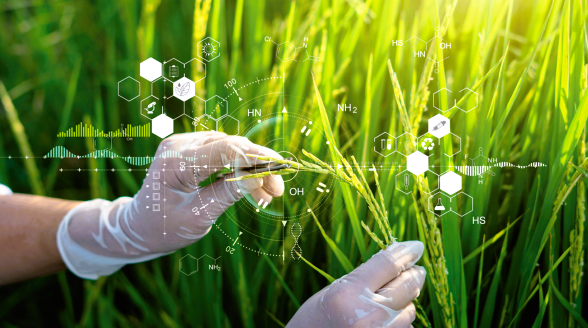India is experiencing a food industry transformation, powered by agri-tech and retail-tech integration. Agri-food tech startups secured $2.4 billion in 2022. Notable advances in pre-harvest agriculture, receiving 55% of agri-tech funding, enhance efficiency. Agri-tech solutions address post-harvest challenges, receiving 22% of funding, while market linkage agri-tech and grocery retail tech drive e-commerce growth. India is…




